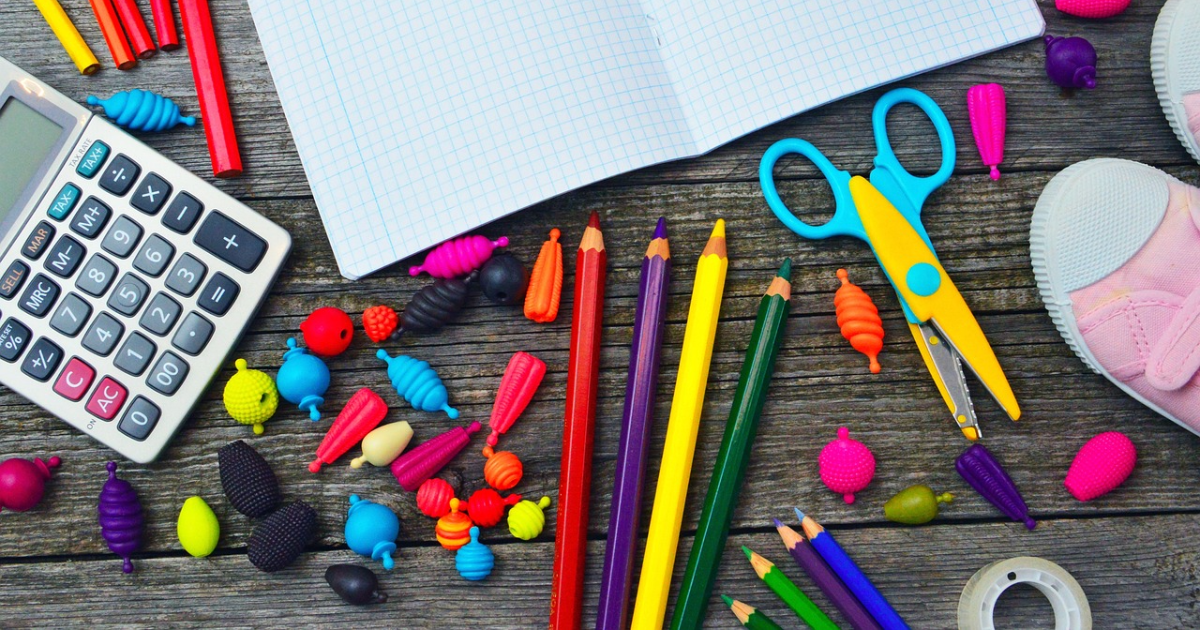New Strategies for Back-to-School Retail

By Dylan Desmaris
The back-to-school (BTS) selling season is reaching its end, but what was once a concentrated retail moment has become a fragmented period with scattered spending patterns that can be difficult to predict.
In many ways this change mirrors a larger shift in consumer behavior. The evolving spending habits of budget-stretched families have resulted in less predictable timing, differences across generations, and an ever-changing definition of value.
For example, the deep discounts that once drove BTS sales have been replaced by a focus on strategic promotions, ease of shopping, and storytelling that builds brand connections. And then there was the added tariff factor this year, with some retailers imposing select price increases while others absorbed the majority of the costs—at least for Q2.
Apex Brands’ backpack and outdoor gear brand JanSports, for example, launched the “Always With You” campaign built for Gen Z consumption patterns with a focus on TikTok and YouTube. The result was significant interaction and view times that led to the highest-grossing sales day in the brand’s 57-year history, according to consulting and marketing firm Bold Orange.
Target, meanwhile, unveiled its “All of the Above” program, which played to a broad audience by combining storytelling with mass appeal. It addressed the needs of parents, teachers, and students by highlighting its private label products and spotlighting value to budget-stretched consumers.
Beverage brand Poppi sought to deepen ties with young consumers by expanding its college ambassador program to offer an internship with TikTok star Alix Earle. It launched the ambassador program in 2023.
And retailer Urban Outfitters turned back-to-school shopping into a lifestyle event by launching scavenger hunts, immersive pop-ups, and a partnership with U-Haul that supported move-in days at colleges. The retailer also previously held similar events with U-Haul at end of the school year for universities and colleges in May. These efforts all blurred the lines between shopping, content, and experiences.
As a result, Urban Outfitters posted a 12.3% increase in Q2 revenue ($4.6 billion) on a 6.5% gain in same-store sales. There was an added emphasis on opening price products, which account for 15% of the chain’s women’s merchandise mix, according to Shea Jensen, President of North America Brand Business.
Whether these programs were enough to salvage the BTS season is still being debated, however. Heading into the BTS season, families planned to spend $550, which was down from a peak of $660 in 2022 but flat year-over-year, according to the consulting firm Deloitte. There also was an emphasis on tradeoffs, with 75% of those surveyed willing to switch brands (up from 67% a year earlier), according to the research firm Circana.
The preference for private label goods was present for more than half of those surveyed willing to buy store brands over name brands, Circana said. And as evidence of a focus on value, 46% of shoppers were spending most of their BTS budget at mass retailers, an increase from 40% in 2024. Shoppers were also starting BTS shopping earlier, in late June, and finishing in late August to take advantage of any last-minute bargains.
“Customers are seeking value and convenience more than ever and that is whether its back-to-school, a grocery budget being stretched, or a college student outfitting a dorm room,” said Dollar Tree CEO Michael Creedon, whose chain posted a 12.3% increase in Q2 net sales on a 6.5% increase in same-store sales.
Shoe Carnival—which operates 428 stores under its own Shoe Station and Rogan banners and reported that BTS accounts for 25% of annual revenue—posted a 7.9% drop in Q2 sales ($306.4 million), but “hit a higher level of execution” in August, CEO Mark Worden said. The chain is in the process of rebranding all locations under Shoe Station, which was acquired in 2021.
Caleres’ Famous Footwear chain, which has 1,055 stores, reported a 3.6% decrease in sales ($658.5 million) in the second quarter despite having added Nike’s Michael Jordan brand across men’s, women’s, and children’s footwear.
In another key category, sales of office supplies declined 2% ($1.98 billion) in the BTS season’s first six weeks ended August 9, according to Circana. But week-over-week spending steadily increased with 17% dollar growth in the sixth week. Store brands accounted for 29% of revenue and 48% of unit sales during that period, Circana reported. Overall, dollar sales were up 1% but units were down 3%. Sales of 10 packs of pens rose 4% and were 22% of multipack revenue, while packages with 48 pieces of chalk grew 33%, Circana said.
“Social-first, experience-led strategies are how brands are staying top of mind and in-cart,” Bold Orange reported. “Gen Z isn’t just TikTok dancing and sorority rushing their way to school—their feeds are influencing their shopping patterns. Meet them with intentional content, creator integrations, and native commerce opportunities. Back-to-school was a series of micro-moments, not one campaign. Segment messaging by behavior: early planners, mid-season spenders, and late-season promo hunters all wanted different things, at various times.”




